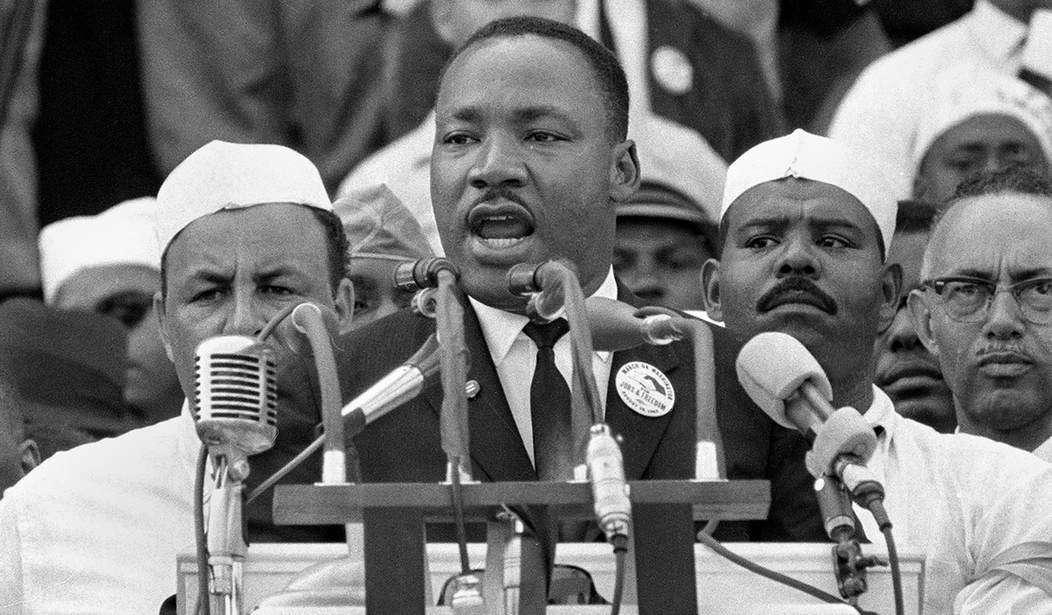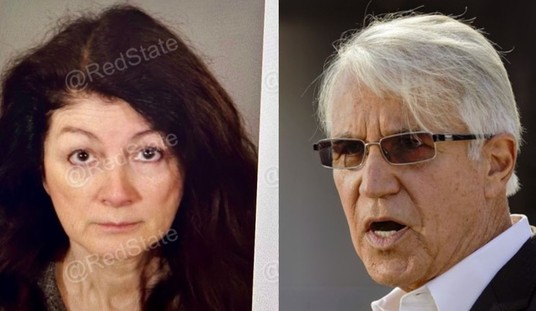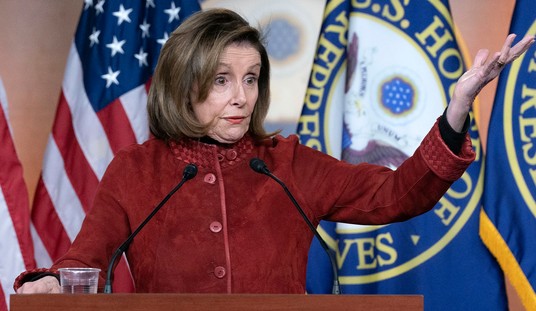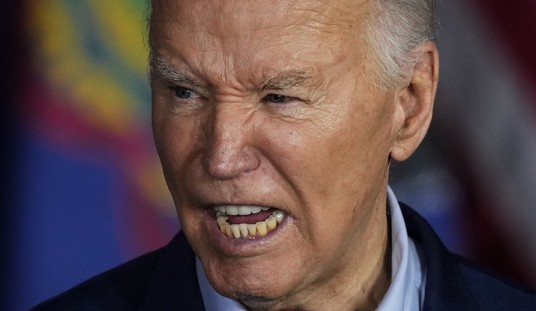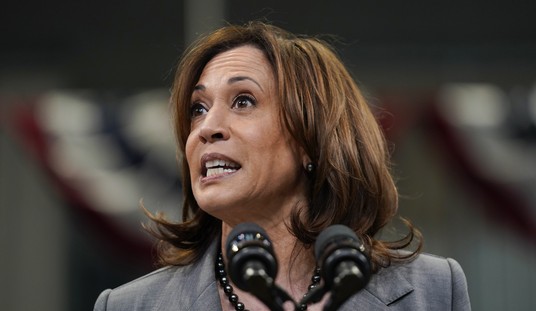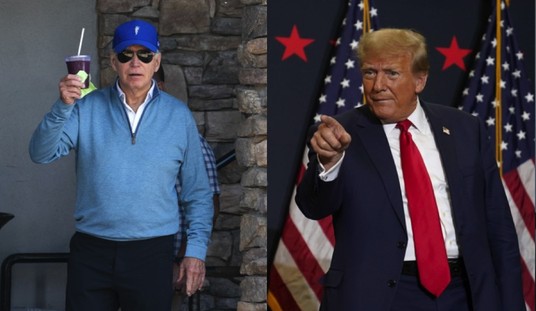When the debate over critical race theory (CRT) erupted in 2020, the interwebs and airwaves were rife with vitriolic conversations over how history should be taught in K-12 schools. Influencers on social media and elsewhere railed against those on the other side, accusing them of not wanting history accurately taught.
Those on the right alleged that the left wanted to distort history in a way that portrayed America as a hopelessly racist nation that detests black and brown people. They pointed to cases in which teachers introduced legitimately problematic material in the classrooms as examples.
Conversely, those on the left said conservatives were intent on whitewashing American history, downplaying or outright trying to erase the nation’s failures with slavery, Jim Crow, and other atrocities the government and society committed against racial minorities. They brought up cases in which right-leaning activists went overboard and tried to ban books and movies about Ruby Bridges and Dr. Martin Luther King Jr.
My question has always been: How much do the influencers on either side actually represent everyday folks?
I came across an article from Reuters, in which author Donna Bryson observed the same issue:
Some politicians have denounced what they call a “woke” representation of history. They say that children are being divided by race and indoctrinated with a view of the United States that accentuates divisions and imbues students with a sense of guilt, rather than of promise. Others counter that America’s history cannot be glossed over – that policies and practices from the nation’s inception continue to shape society today. Knowing where we’ve been, they say, is integral not only to who we are but also to where we’re heading.
Caught in the middle are parents and teachers trying to find the best ways and the most appropriate moments for lessons that ensure young Americans of all races have a full understanding of their nation’s past and a shared foundation on which to build its future.
But what if I told you regular folks on the right and left largely agree about how America’s history should be taught? Even further, would you believe that most of what people believe about folks on the opposite political team is inaccurate?
Last year, a group called More in Common conducted a survey analyzing attitudes toward the teaching of history among Republicans and Democrats. The report is quite illuminating.
The report highlights that when focusing on the loudest voices, the most common perspectives on teaching history are often overlooked. The study reveals that Americans, regardless of their political affiliation, age, gender, race, or income level, share a common desire to teach both the injustices and contributions of historical figures like George Washington and Rosa Parks.
There is also a consensus that minority group experiences are important aspects of history, and better education about America’s past can help prevent the repetition of previous failures. The report also uncovers “perception gaps” between political parties, where Republicans and Democrats have misconceptions about each other’s beliefs on how history should be taught. These gaps lead to overstatements and hinder productive engagement on the subject:
Republicans have large perception gaps when it comes to understanding how Democrats feel about teaching the stories of success and exceptionalism in American history—and about the extent to which students should feel guilty or disempowered by the actions of earlier Americans.
For example, more than twice as many Democrats agree that all students should learn about how the Declaration of Independence and the Constitution advanced freedom and equality than Republicans estimate Democrats to think (92 percent versus 45 percent). Similarly, about twice as many Democrats believe students should not be made to feel guilty or personally responsible for the errors of prior generations than Republicans estimate they think (83 percent versus 43 percent). While Republicans think that only a fraction of Democrats hold these views on American history, the reality is that these beliefs are held by the overwhelming majority.
The report revealed that it is not only Republicans who have misconceptions about what everyday folks on the left believe about the teaching of the nation’s history.
Democrats have large perception gaps when it comes to understanding how Republicans feel about teaching about failures in American history or about Civil Rights movements.
In a stark example, the proportion of Republicans who agree Americans have a responsibility to learn from our past is three times more than Democrats perceive it to be (93 percent versus 35 percent). Similarly, more than twice as many Republicans think schools should teach shared national history as well as the history of specific groups such as Black, Hispanic and Native Americans than Democrats think Republicans believe (72 percent versus 30 percent). In each case, Democrats think only a minority of Republicans hold such views on questions of American history, whereas the data reveal they are held by large majorities.
The report acknowledges that there are differences between the left and right on the issue of history. However the most pronounced disagreements come from the fringe elements on either side, which both seem to be out of touch with the majority of Americans in both camps.
The study highlights that the most extreme ideological segments, “Progressive Activists” and “Devoted Conservatives,” hold opposing views on these issues. Their views, often magnified in the media, overshadow the actual common ground between Americans.
Another thing both sides have in common is a lack of trust in America’s educational institutions to teach history accurately and without bias. Only about 41 percent believe public schools provide an accurate and unbiased education.
Americans have more in common on the issue of history – and likely on a myriad of other topics. However, the division perpetuated by many in the media has made it harder for us to realize that. This is why so many of us have inaccurate perceptions of what folks on the other side believe. Since the loudest voices tend to be the most divisive, it will be difficult to find a way to bridge the gap. However, we must come up with a solution, or America’s divide will only grow wider.

